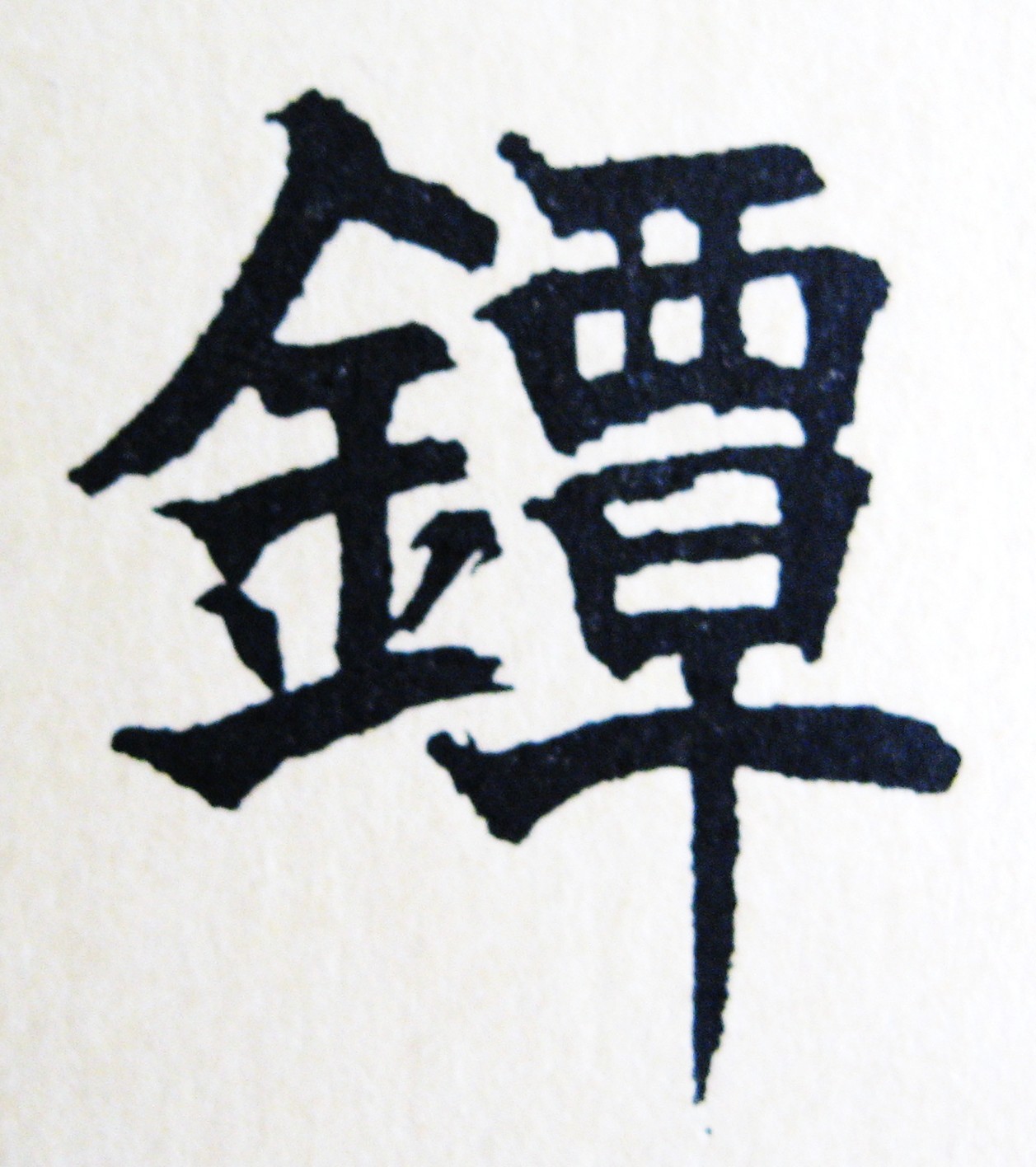|
INDOCHINESE PIXIU
|
 |
|
INDOCHINESE PIXIU
|
 |
| $2000.00 | |
|
"Round iron plate with very fine silver nunome zogan of two PiXiu - a Chinese mythological hybrid beast with the head of a dragon, and a body of a lion. They are often depicted with bifurcated tails, comb-like forelocks and a singular antler. Unlike dragons, they have paws instead of talons. PiXiu are known to have an appetite for gold and jewels and therefore can bring wealth to their master. They are often found in tomb architecture because they are also purported to escort their master to heaven and protect them in the afterlife. On the reverse are five select pieces from the Eight Treasures popularly seen in Chinese art and lucky charms. At the one o'clock position is an artemesia leaf which symbolize protection from disease and other malevolent energy; at the three o'clock position, though obscured by the kozuka hitsu-ana, is probably a fan made from banana leaf symbolizing the Taoist immortal ZhongLi Quan; at the six o'clock position is a RuYi sceptor symbolising wish-fulfillment; at the seven c'clock position the double coins that symbolize wealth; at the ten o'clock position the Rhinoceros horn which symbolizes happiness. The symbolizm on this entire tsuba is very Chinese. The rectangular silver false damascening around the nakago-ana would also be consistent with design for mounting a Chinese saber/dao. The violation of the artwork design by the hitsu-ana suggests it was not originally designed for mounting a Japanese blade and its associated kogai and kozuka. Together with the pipe-like circular (chukushiki dote mimi) rim, this was either a Chinese import or produced by Chinese diaspora in Hizen. This piece is remarkable because the authenticity of the PiXiu represent a very important point of departure in the evolution of dragon-like creatures to be found on later hand guards. Later we see the PiXiu depicted without bifurcated tails. Alternatively, sometimes we find bifurcated tails added onto Japanese dragons. These alterations can be seen as unique Japanese renditions and may be a helpful detail in comparing the relative age of other hand guards." (Long & Chiang) Accompanied with NBTHK Hozon Certificate dated Nov. 23rd, 1962. |
  |
|
7.85cm x 8.0cm x 0.65cm (rim), 0.35cm (seppa)  |
 
|
Purchase this Tsuba by Email to |
|
A Collaboration of Robert E. Haynes and Elliott D. Long |
|
|
| Return To Tsuba Collective Robert Haynes Articles -- Tutorial Email to Shibui Swords |